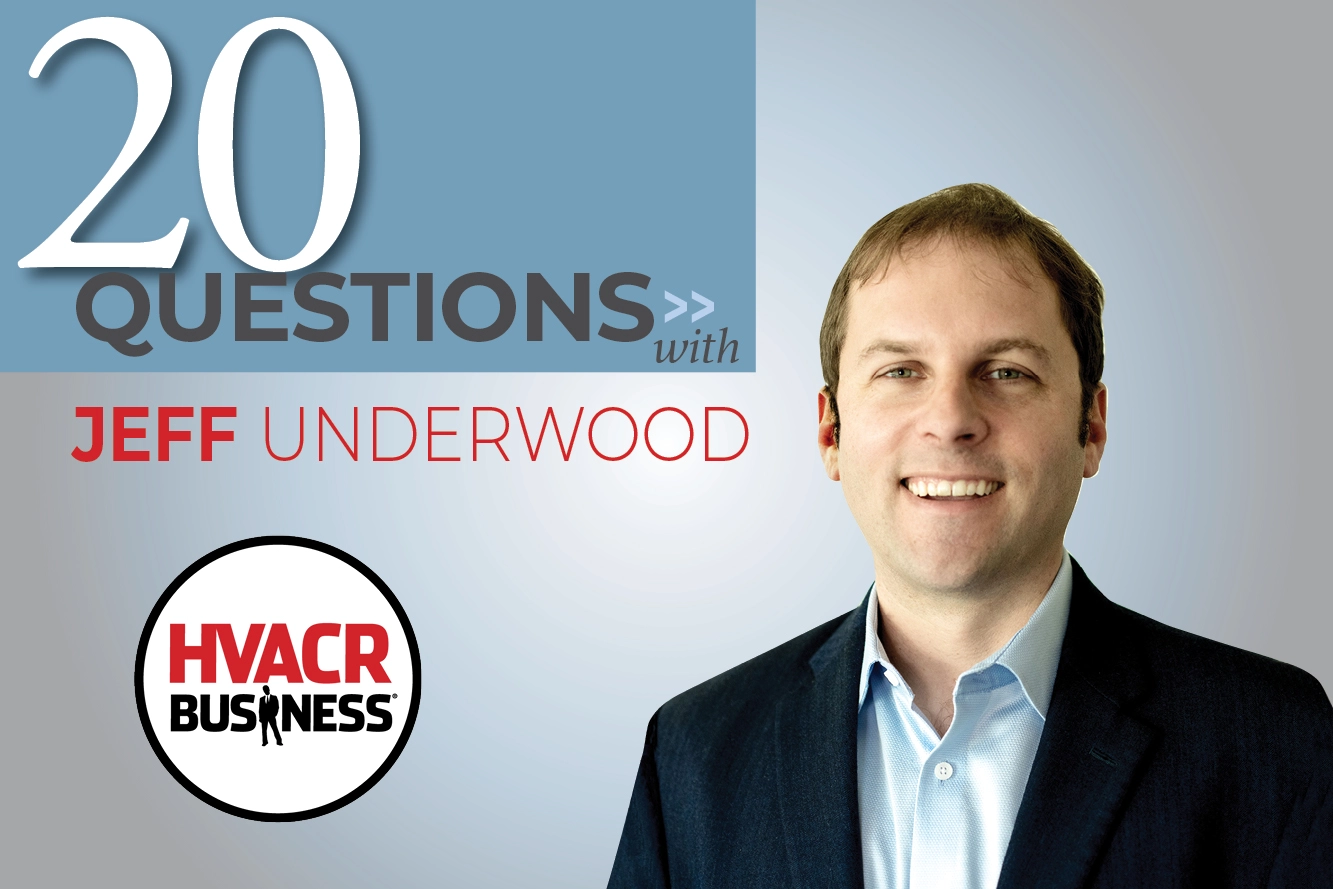One of my favorite discussion topics is branding. I see a lot of companies, large, small and in-between, doing this well. I also see and deal with an equal number that don’t.
Companies fall into two categories — those that understand the “what” of marketing communication strategies and, probably more importantly, the “how.” They also understand the basics, such as branding takes time and is about all you do, not just the ads you run.
The other category consists of those who don’t understand. Commonly, they expect immediate results and consistently confuse the many different components. They expect an X result when they should be expecting a Y.
In the real world, you don’t have infinite resources, and you don’t have perfect products — no one does. Guy Kawasaki, an early Apple employee who has written for us in the past, knows a lot about branding. I don’t agree with everything he writes about, largely because in his world, the mega brands he commonly discusses do things HVACR contractors simply can’t do. That said, below is some of Kawasaki’s sage advice, along with my definitions and commentary that should help you apply it to your business.
Seize the High Ground.
Establish your brand on positive conditions like “making meaning,” “doing good,” “changing the world,” and “making people happy” — not destroying your competition. This is straightforward, because you own service companies. Nothing is better for a customer than having a great experience with your firm — it will make them happy. You’re doing good, fixing problems for customers. And it can easily be argued you are changing the world (can you imagine our world without heating and cooling? I can’t).
Create One Message.
It’s difficult enough to create and communicate one branding message; however, many companies try to establish several because they want the “entire” market and are afraid of being niched. “Our service is the best.” “Our prices are affordable.” ”We’re an award-winning HVACR firm.”
Pick one message and stick with it. Enough said.
Speak English.
Not necessarily “English,” but speak in non-jargonese. If your positioning statement uses any acronyms, the odds are that most people won’t understand your branding, and it won’t last long.
For example, “the furnaces are Bacnet compatible with built-in CTA-2045 ports with mobile application compatibility, allowing users to choose their operation modes.” This presumes people understand what Bacnet is and what CTA ports are – not likely.
Test your messaging on a neighbor who is roughly the demographic you want to reach. Better yet, go the extra mile and bring in a focus group to evaluate your entire marketing program and positioning statement.
Many large companies struggle with this. They let their engineers get involved with writing marketing copy, and 99 percent of the time, it doesn’t turn out well. How many times have you read or listened to a product description like this: “Our regenerative dynamic braking system.” OK, I’m not a race car driver, so I have no idea what that means. Compared with “Our new braking system stops the car 50% faster.”
Companies use adjectives as if everyone will understand their “industry speak.” You’ve got competitors, a lot of them. So create a simple message. Superior service; Certified technicians; 24/7 service; Experts at diagnosing heating and cooling problems. Over time, you can use all of these, just not all at once.
Cascade the message.
Cascade it up and down your organization. The marketing department of many companies assumes that once they’ve put out the press release or run the ad, the entire world understands the message. This is simple. Make sure everyone in the organization understands the message and your branding. The folks answering your phones and technicians in the field are the most critical.
Examine the bounce back. You know what messages you send, but you really don’t know what messages people receive. Here’s a concept: You should ask them to bounce back the message you sent to learn how your message is truly interpreted. In the end, it’s not so much what you say as what people hear.
This is really important.
Make sure your message is being interpreted and understood the way you intend.
Branding is one of the most important aspects of any business, large or small, retail or B2B. An effective brand strategy gives you a major edge in increasingly competitive markets. Your brand is your promise to your customer. They derive it from who you are, who you want to be and who people perceive you to be. Are you the innovative maverick in your market; or the experienced, reliable one? Is your product the high-cost, high-quality option or the low-cost, high-value option? You can’t be both and can’t be all things to all people. To some extent, who you are should be based on who your target customers want and need you to be.





